Emperor v. Mt. Dhirajia AIR 1940 All 486
- Author: Gulzar Hashmi
- Location: India
- Published: 02 Nov 2025
- Slug: emperor-v-mt-dhirajia

Quick Summary
A young mother, chased by her husband at night, panicked. She jumped or fell into a well with her six-month-old baby. The baby died; she survived. The court said: intention and knowledge are not the same. Her panic removed intention to kill, but she still had knowledge that such an act could cause death. So, it was culpable homicide not amounting to murder (Sec 304 IPC), not murder (Sec 302). For attempted suicide (Sec 309 IPC), there was no conscious plan to die; she jumped to escape. Acquittal under Sec 309 stood.
Issues
- How do we separate intention from knowledge under the IPC?
- Does panic and fear make the case murder (Sec 302) or culpable homicide (Sec 304)?
- What is an “attempt” under Sec 309 IPC—does it need a conscious decision to die?
Rules
- Intention vs Knowledge (Secs 299–300 IPC): Intention needs reasoning and purpose. Knowledge means being aware that death is a likely result.
- Sec 300, Clause Fourthly: Murder if one does a imminently dangerous act with knowledge that it will probably cause death and does so without any excuse for the risk.
- Sec 304 IPC: When intention to kill is absent or there is a valid excuse, liability may fall under culpable homicide not amounting to murder.
- Sec 309 IPC (Attempted suicide): Needs a conscious, deliberate attempt to end one’s life; mere panic escape is not enough.
Facts (Timeline)

Arguments
Appellant (Accused)
- Panic removed her ability to form intention to kill.
- Jump was to escape, not to die; Sec 309 does not apply.
- If any liability, it should not be murder because there was an excuse for the risk.
Respondent
- By jumping with a baby, she knew death was likely.
- Knowledge suffices for higher liability if Clause Fourthly applies.
Judgment

Held: Guilty of culpable homicide (Sec 304 IPC), not murder.
Reason: No intention to kill; she acted under panic and fear. Knowledge of likely death existed, but there was a valid excuse, so Clause Fourthly of Sec 300 did not make it murder.
Sec 309 IPC: No conviction. An “attempt” needs a conscious decision to kill oneself. Here the jump was to escape, not to die. Her earlier wrongful custody was adjusted; she was ordered to be released unless required in another case.
Ratio
- Separate intention and knowledge: Panic can remove intention; knowledge may still remain.
- Clause Fourthly needs “no excuse”: If there is a valid excuse for taking the risk, the case is not murder.
- Attempted suicide: Needs conscious self-destructive intent; escape-driven acts do not qualify.
Why It Matters
- Clarifies IPC doctrine where fear and panic affect mental state.
- Shows how “excuse” affects Sec 300 and shifts to Sec 304.
- Useful template for Sec 309 problem questions.
Key Takeaways
- Panic ≠ intention. But knowledge can still exist.
- Excuse matters. With a valid excuse, Clause Fourthly does not make it murder.
- Sec 309 needs purpose. No deliberate self-killing intent, no attempt.
Mnemonic + 3-Step Hook
Mnemonic: “PIE: Panic—Intention Ends”
- Panic? If yes, intention likely absent.
- Knowledge? Ask if death was a likely result.
- Excuse? If valid excuse exists, not murder → Sec 304.
IRAC Outline
Issue
Was the act murder or culpable homicide? Did Sec 309 apply?
Rule
Secs 299–300: intention vs knowledge; Sec 300(4) needs no excuse; Sec 304 for lesser homicide; Sec 309 needs conscious intent to die.
Application
Panic removed intention; knowledge existed; valid excuse present; thus not murder. No conscious self-destructive attempt under Sec 309.
Conclusion
Conviction under Sec 304 IPC; acquittal under Sec 309 IPC upheld.
Glossary
- Intention
- Aimed decision to bring a result (requires reasoning).
- Knowledge
- Awareness that death is a likely result of one’s act.
- Clause Fourthly (Sec 300)
- Murder when an imminently dangerous act is done with knowledge and without any excuse for the risk.
- Culpable Homicide
- Causing death with intention or knowledge, but not crossing the murder threshold.
FAQs
Related Cases
Virsa Singh v. State of Punjab
Clarifies intention requirement for Sec 300 “thirdly”.
Intention vs KnowledgeState of A.P. v. Rayavarapu Punnayya
Distinction between culpable homicide and murder under IPC.
302 vs 304Share
Related Post
Tags
Archive
Popular & Recent Post






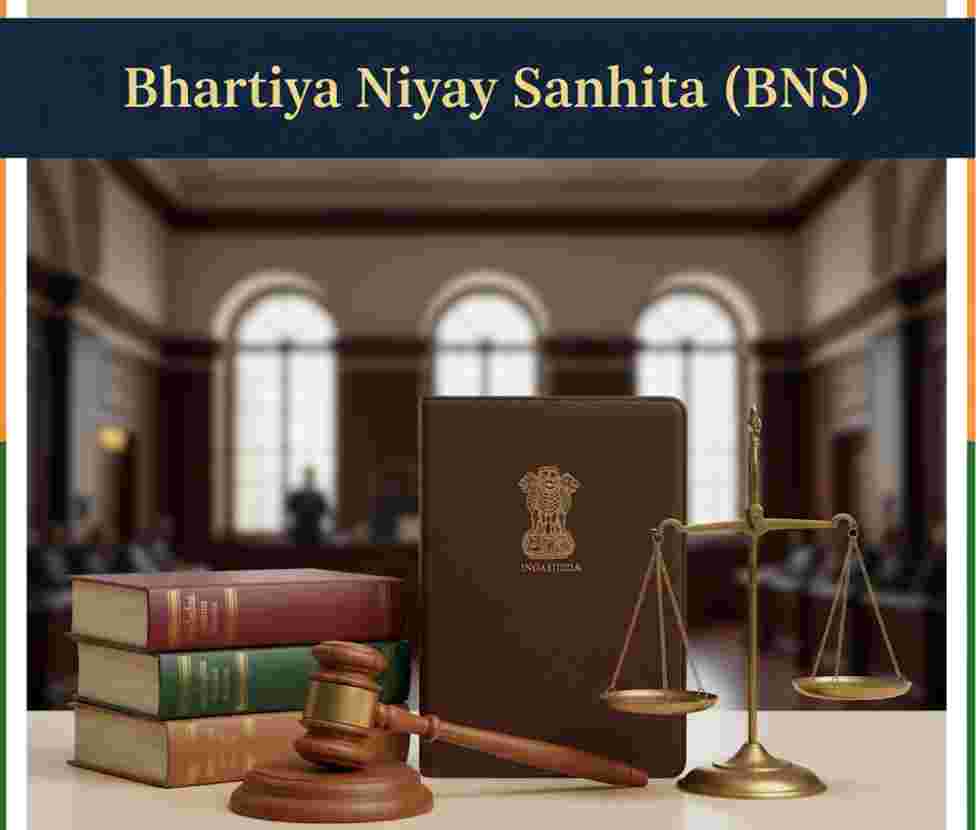

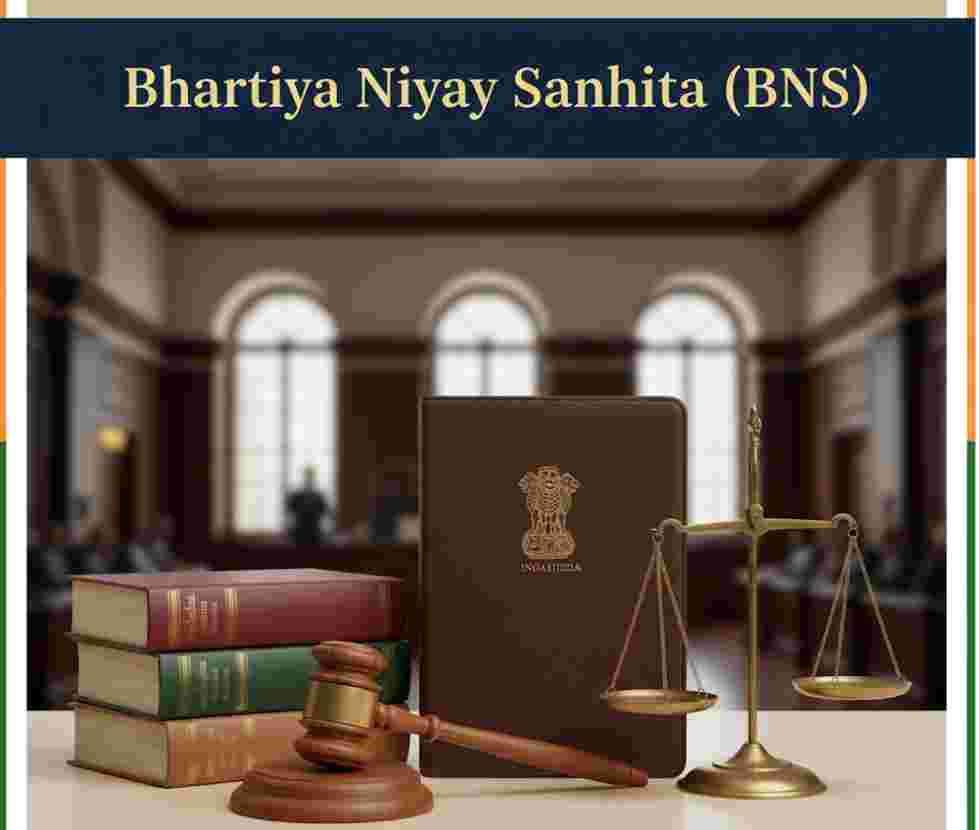
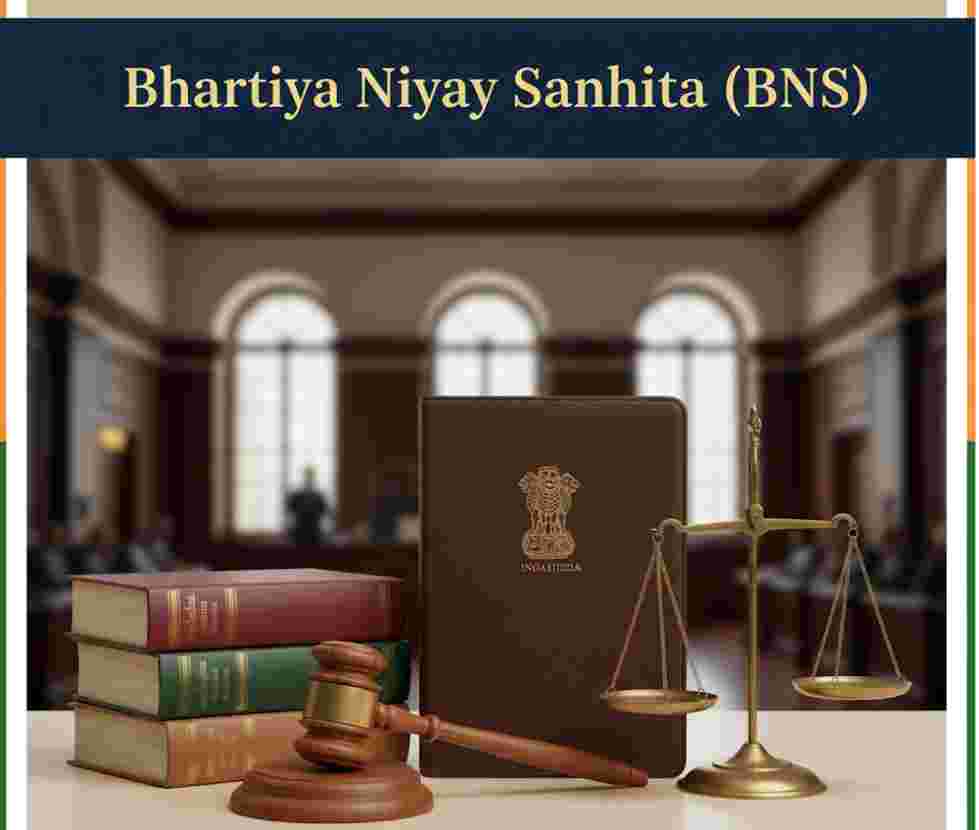
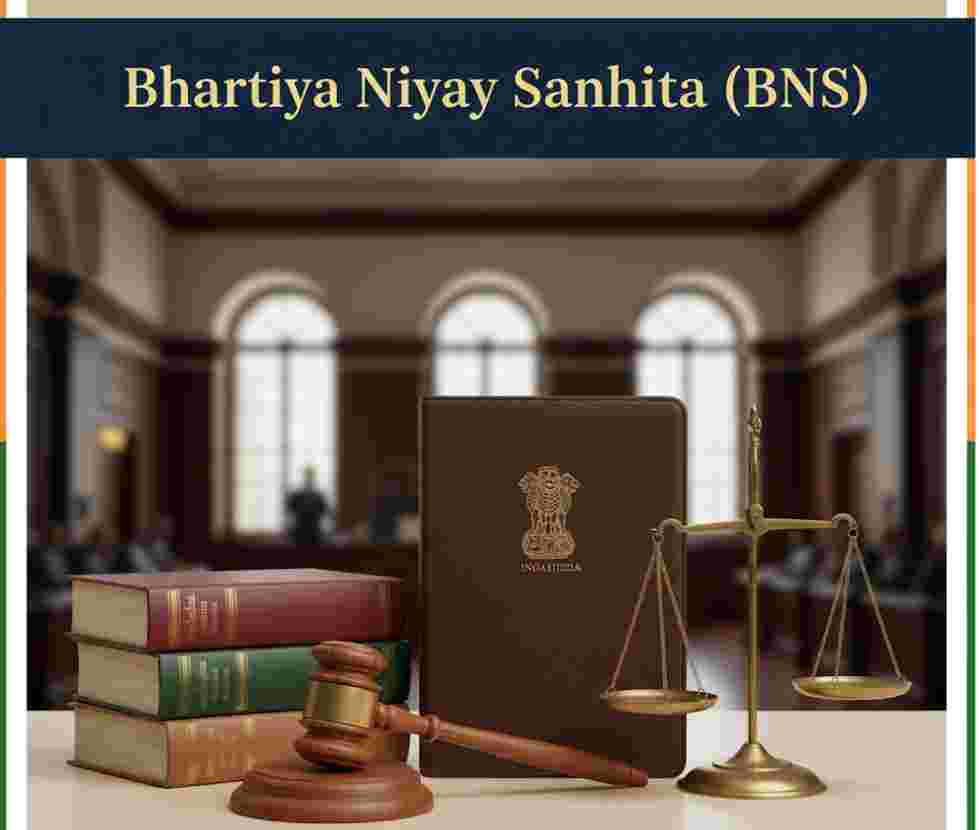
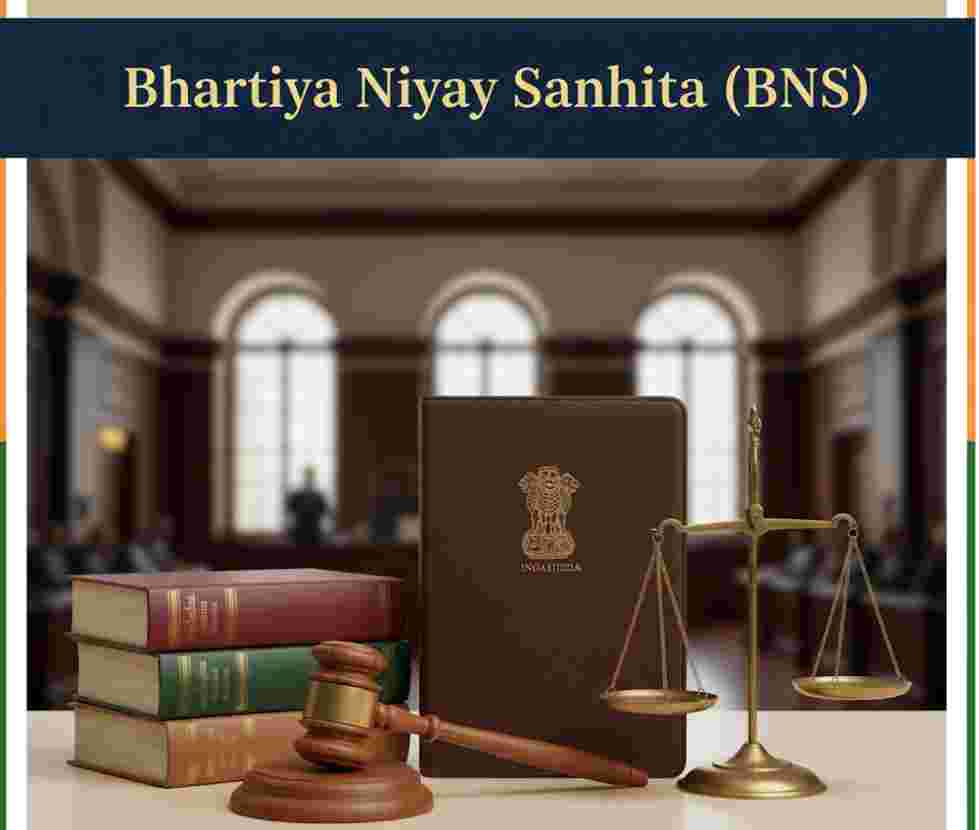
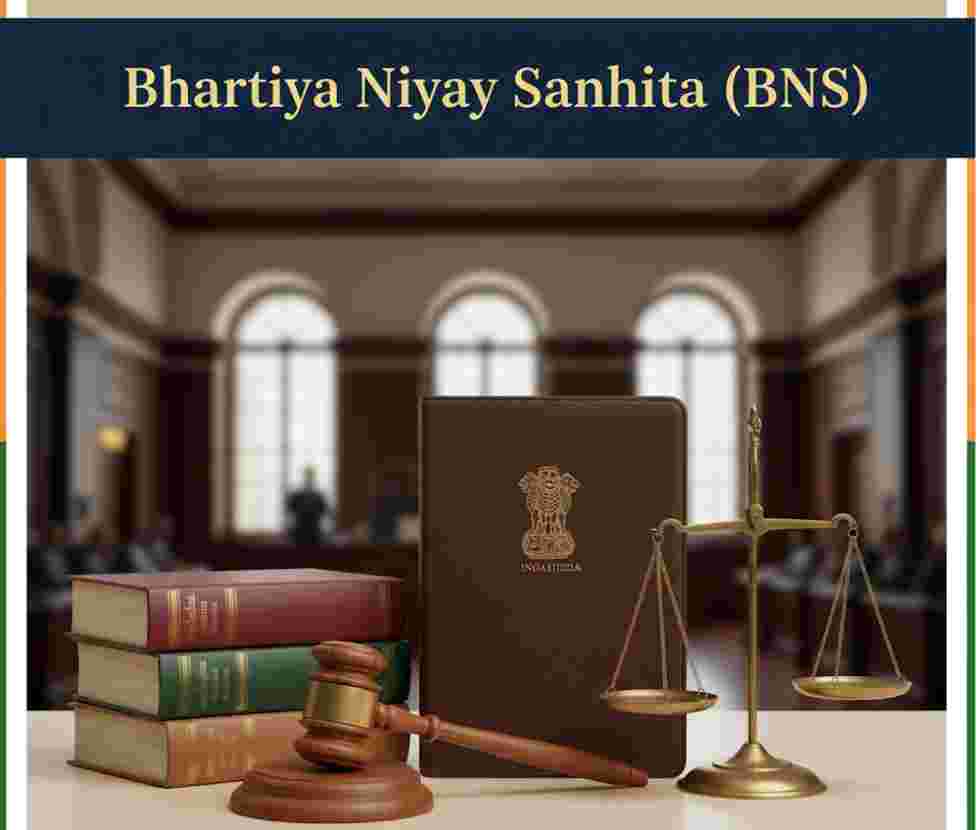

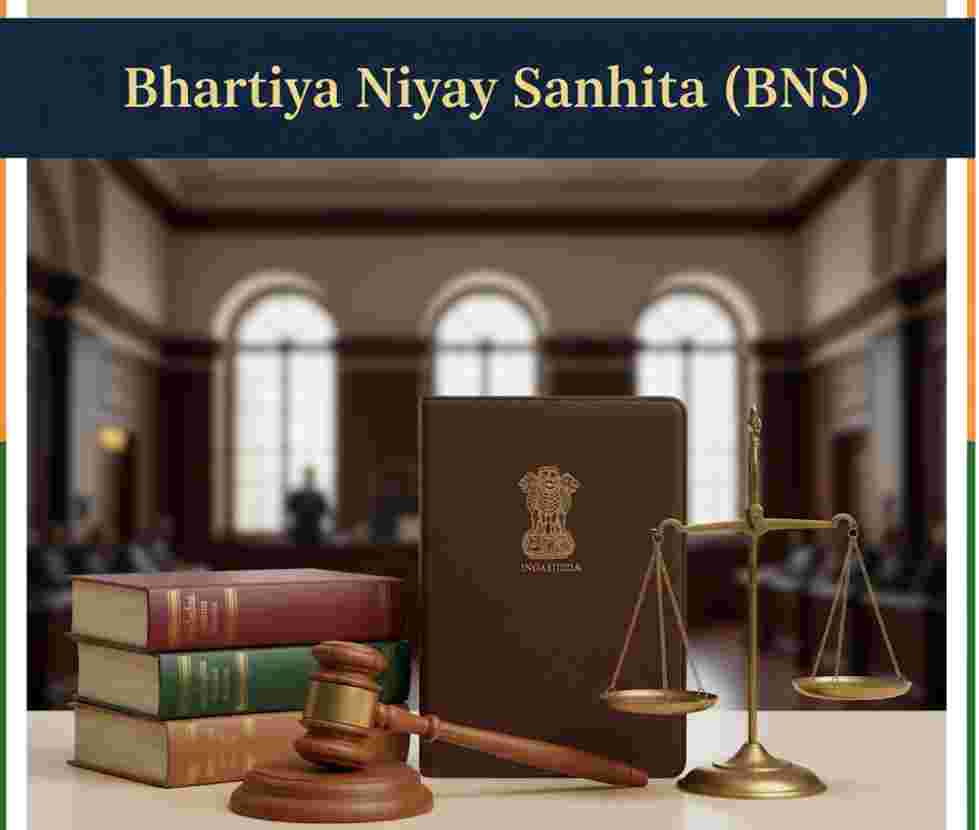

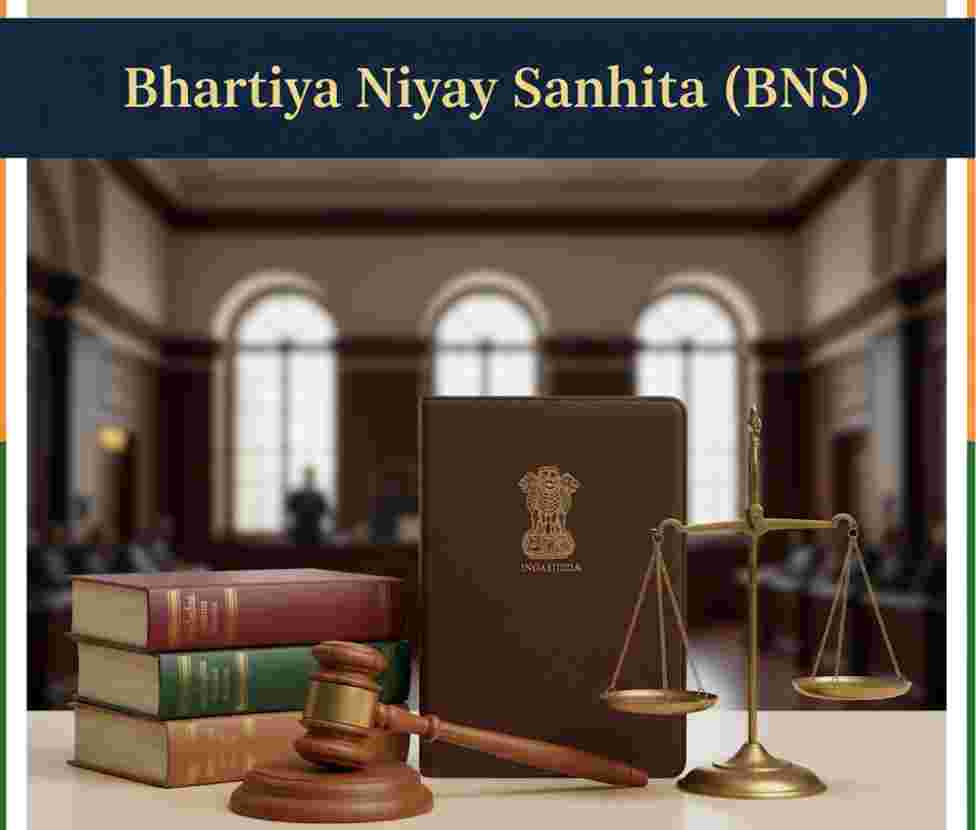
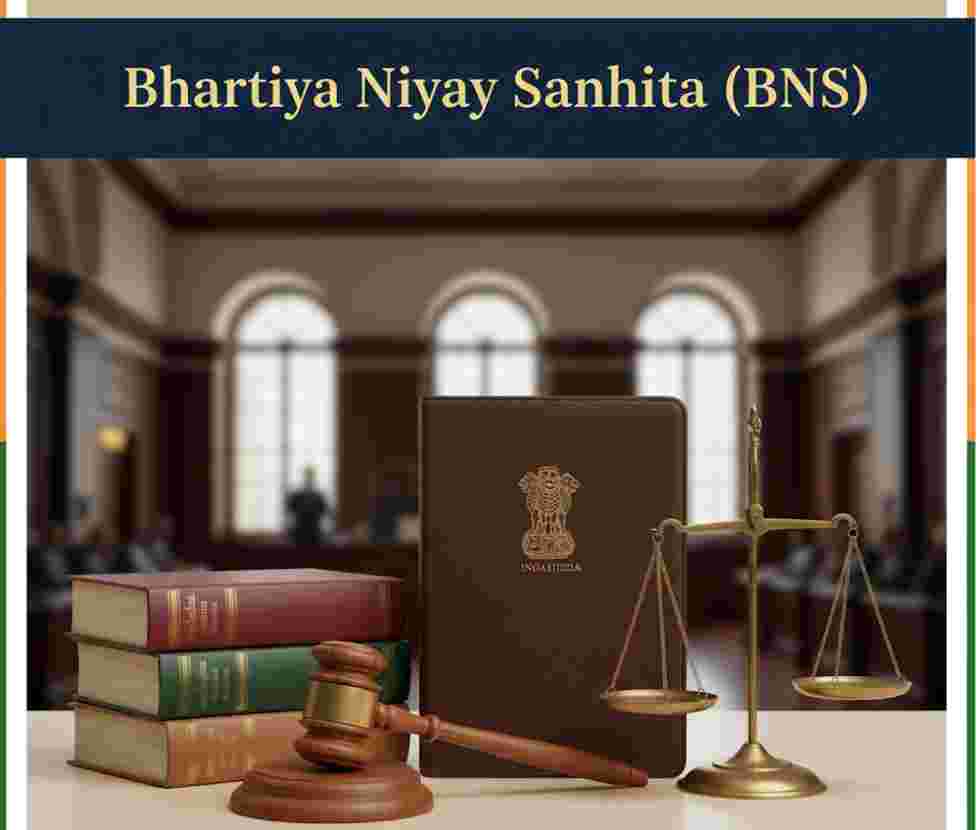
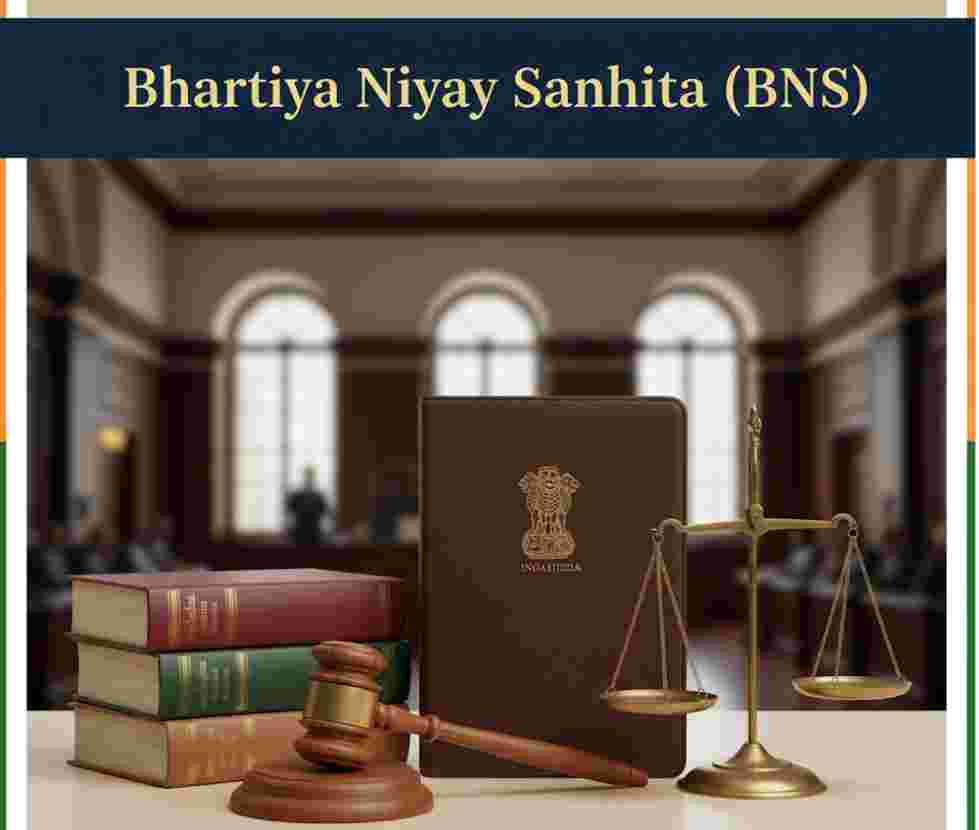
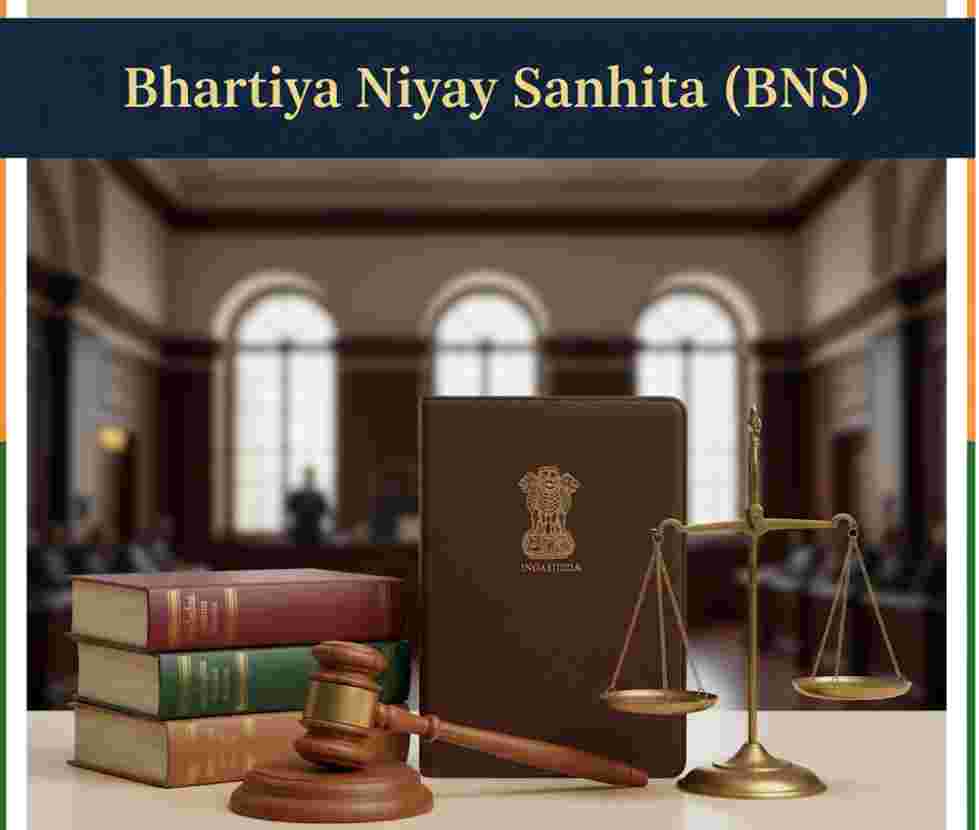
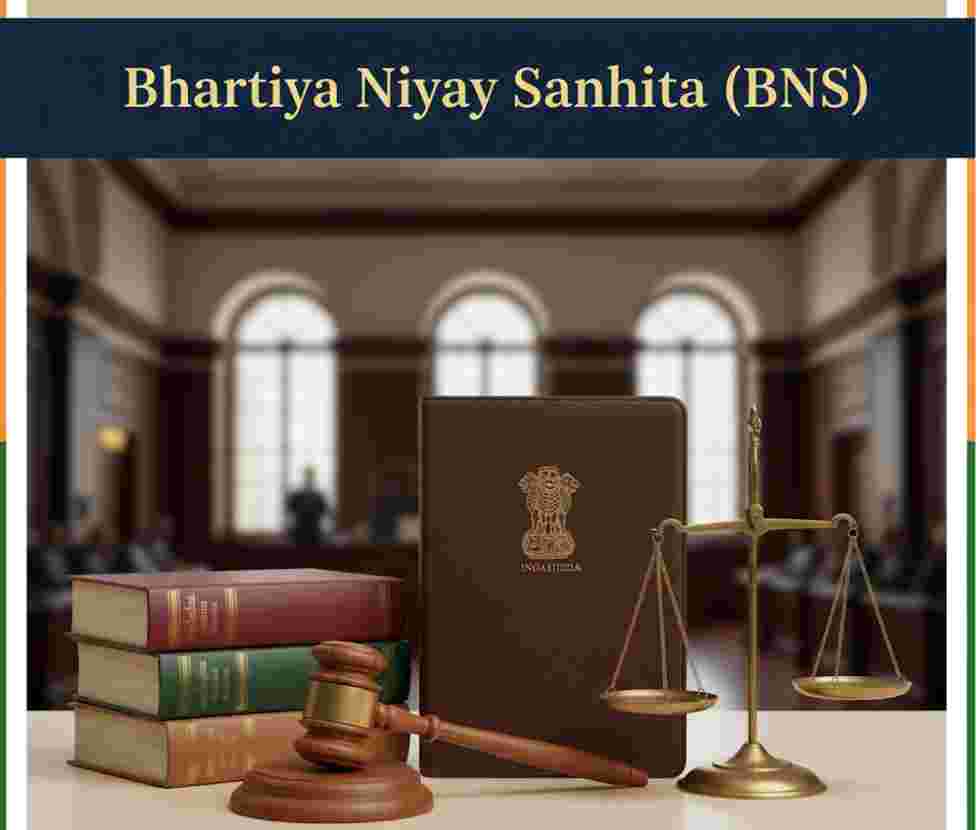
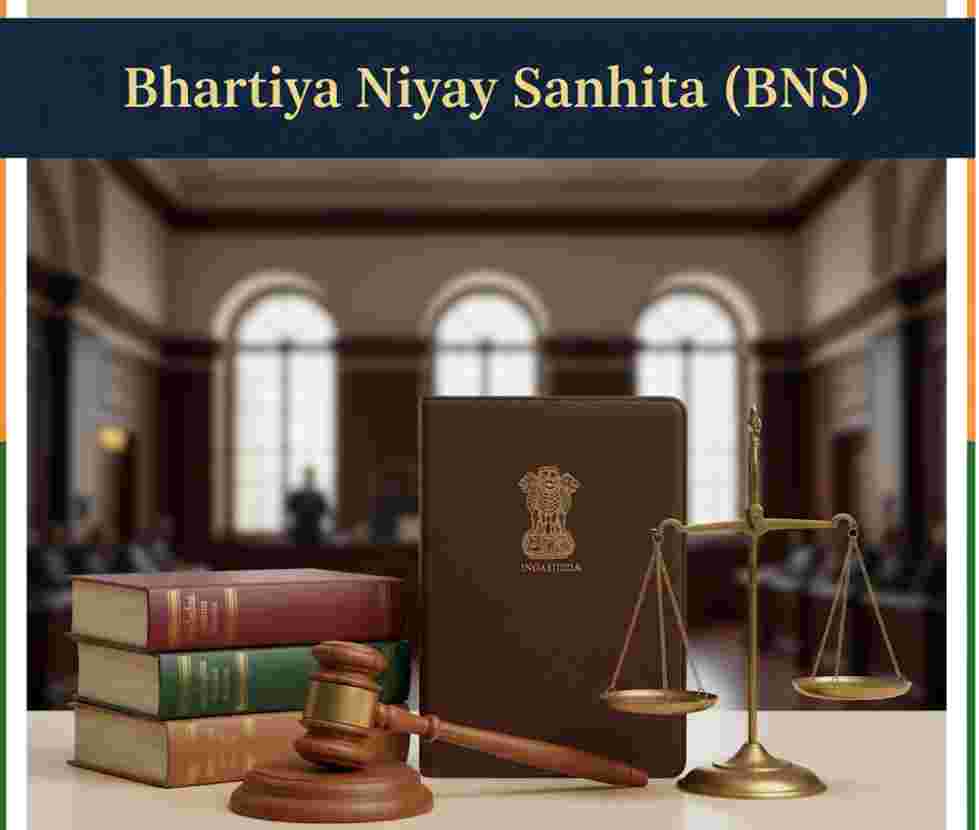
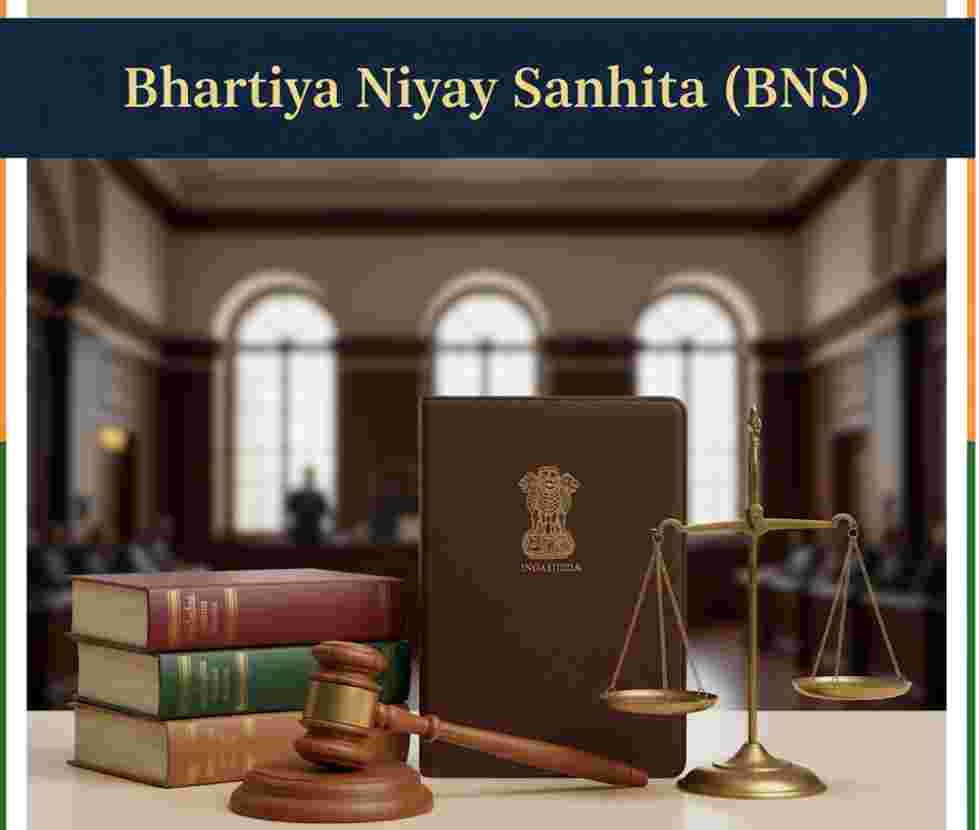

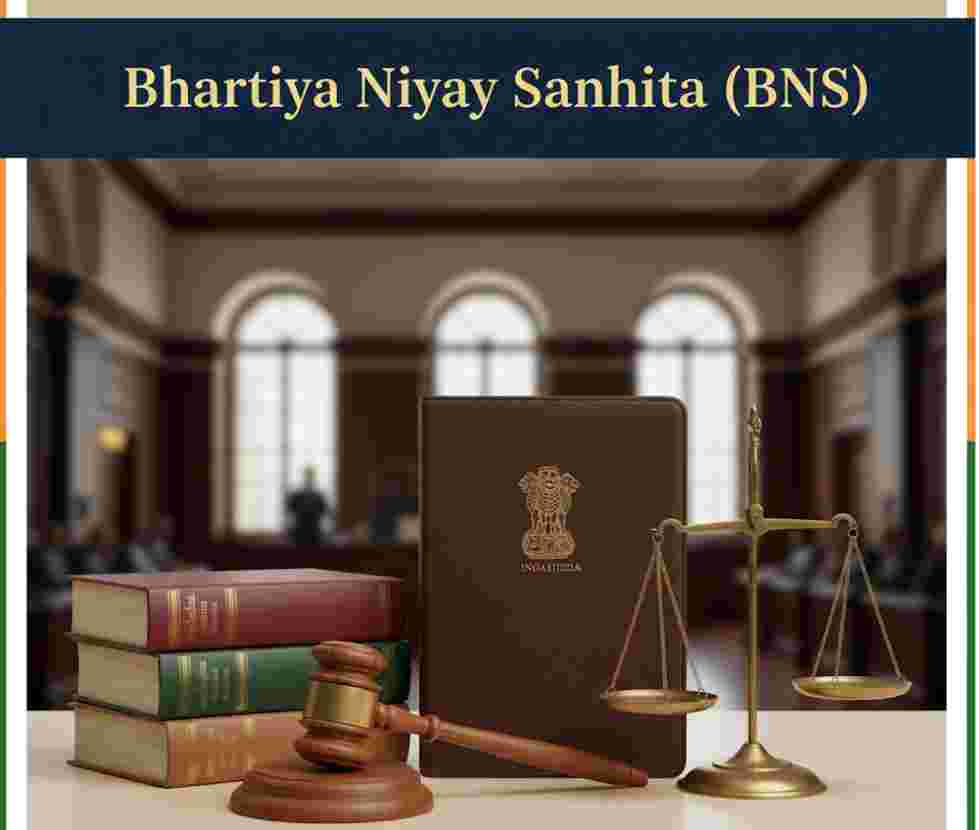
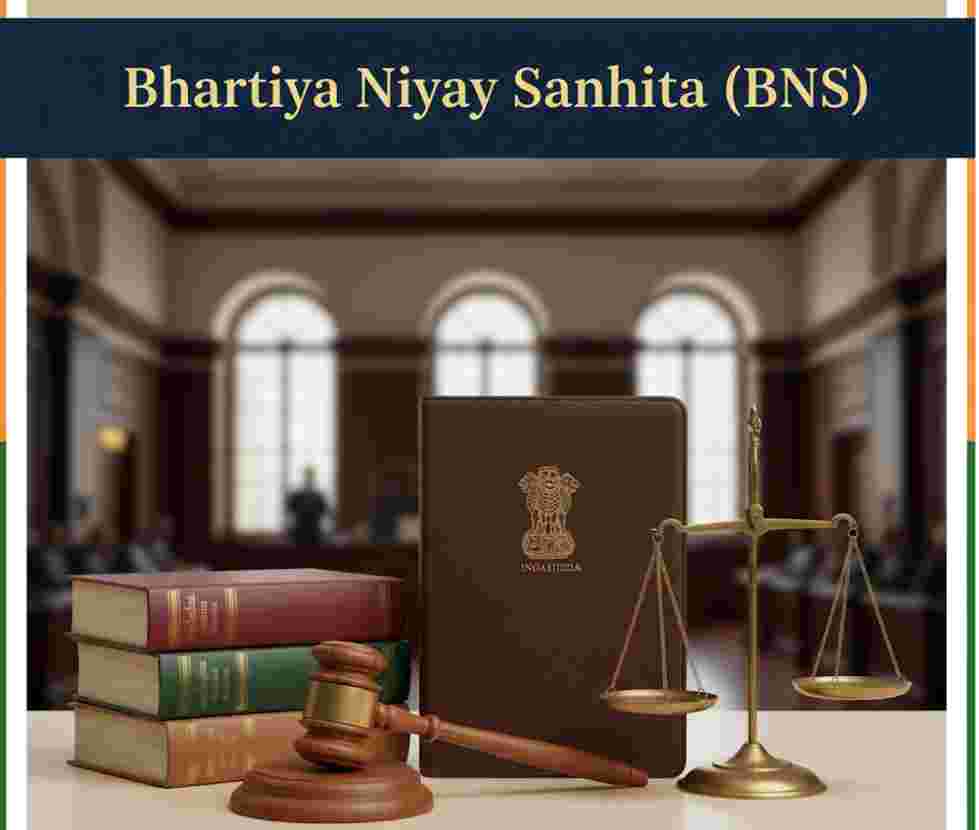
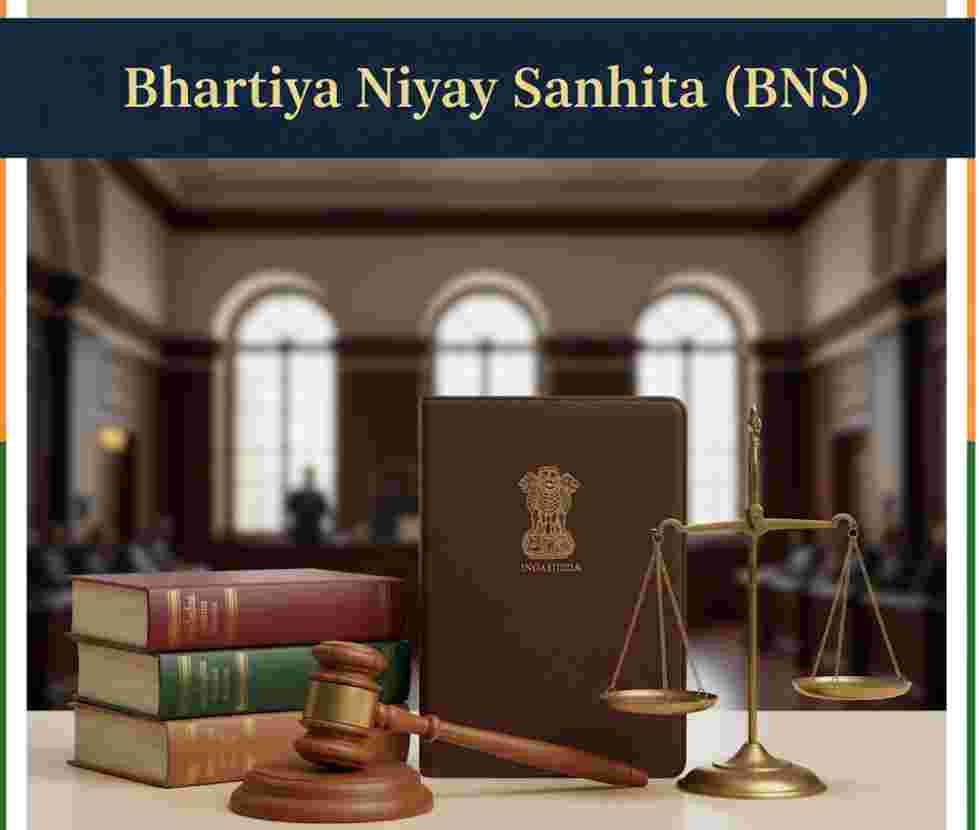
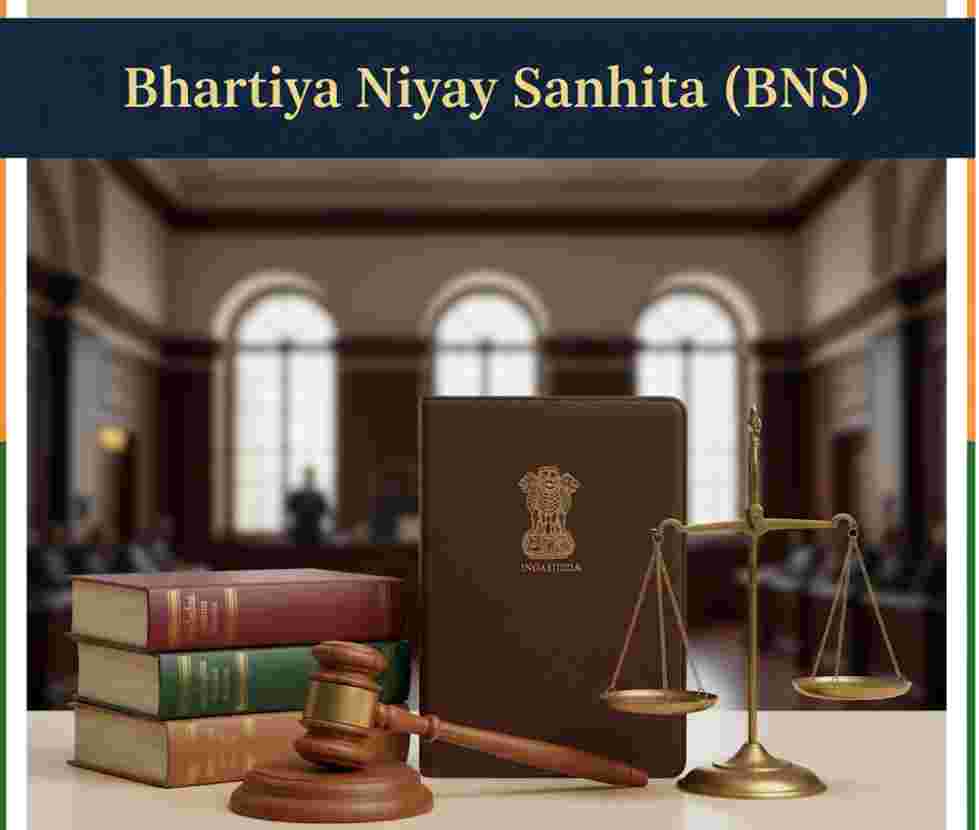
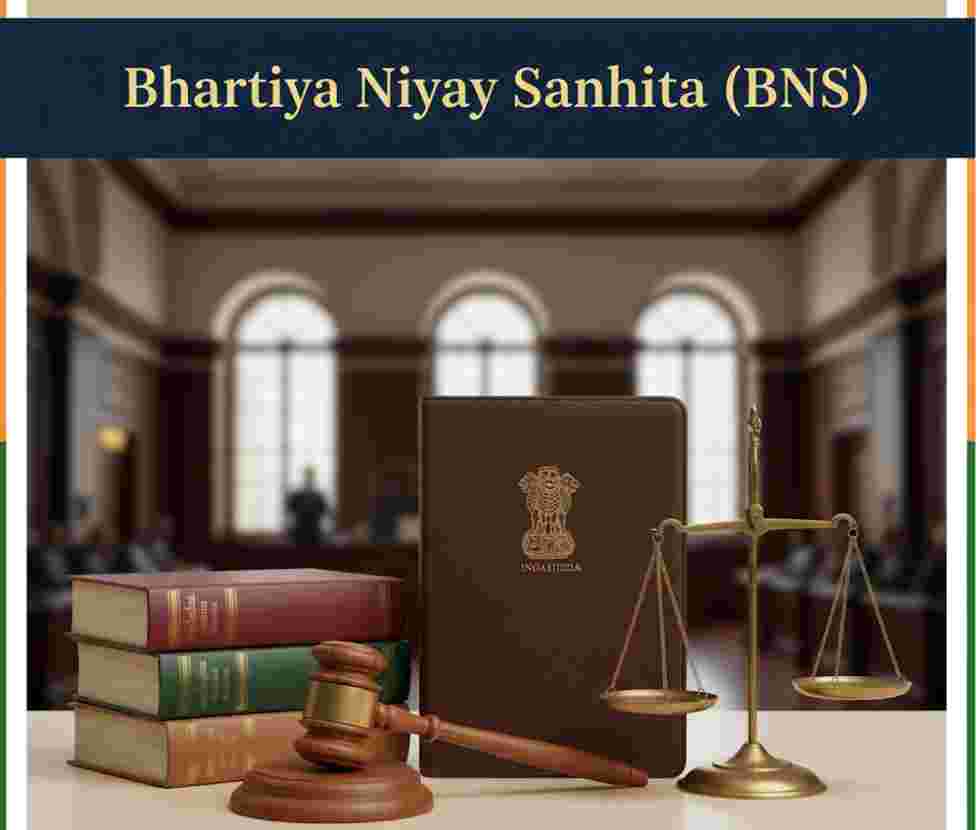


































































































Comment
Nothing for now